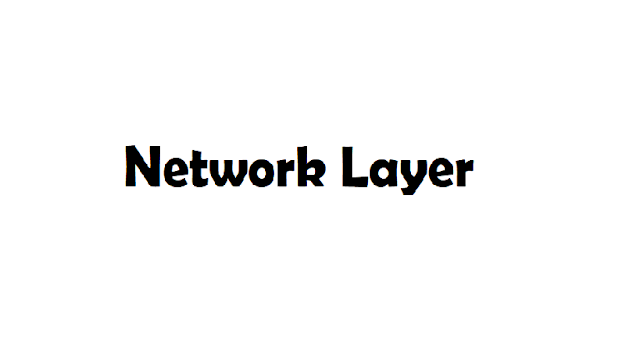Network Layer
Basic Requirement of Network Layer
The network layer is used to route data between different nodes on the network. It uses addresses to be able to tell which pc to send data to. This layer can also break apart larger messages into smaller chunks to be reassembled on the opposite end.
Network Layer Services
- Guaranteed delivery
- Guaranteed delivery with bounded delay
- In-order packet delivery
- Guaranteed minimal bandwidth
- Guaranteed maximum jitter
- Security services
1. Guaranteed Delivery
This service guarantees that the packet will eventually arrive at its destination.
2. Guaranteed Delivery with Bounded Delay
This service not only guarantees delivery of the packet but delivery inside a mere host-to-host delay sure (for example, inside a hundred msec).
Furthermore, the following services could be provided to a How of products between a given source and destination.
3. ln-order Packet Delivery
This service guarantees that packets arrive at the destination in the order that they were sent.
4. Guaranteed Minimal Bandwidth
This network layer service emulates the behavior of a transmission link of a specified bit rate (for example, 1 Mbps) between sending and receiving hosts. As long as the causing host transmits bits (as a part of packets) at a rate below the required bit rate then no packet is lost and every packet arrives inside a prespecified host-to-host delay (for example, within forty msec).
5. Guaranteed Maximum Jitter
This service guarantees that the quantity of your time between the transmission of 2 successive packets at the sender is equal to the quantity of your time between their receipt at the destination (or that this spacing changes by no over some mere value).
